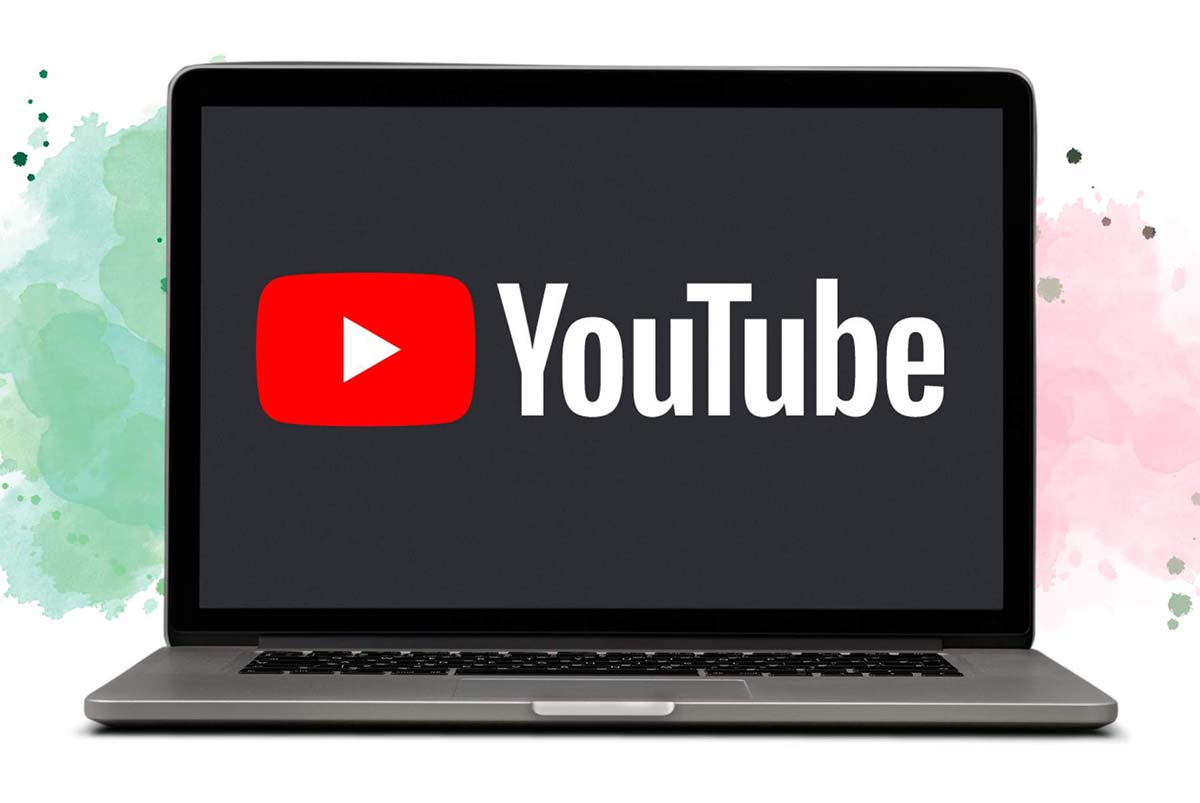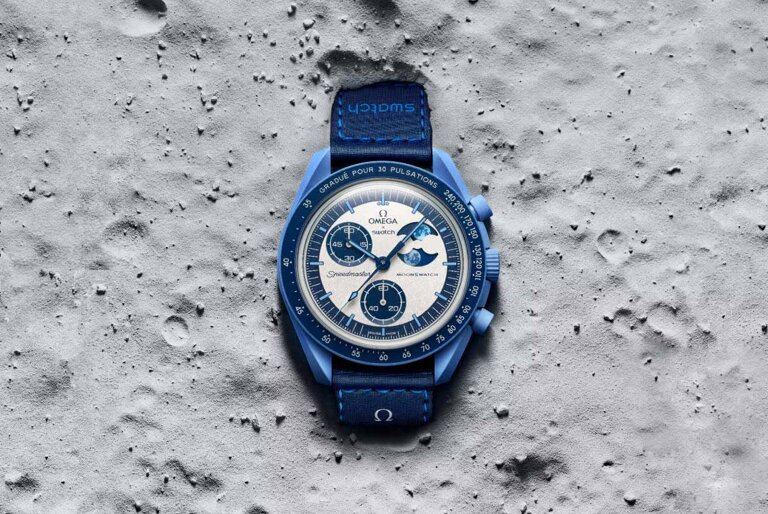YouTube announced that it is updating its medical misinformation policy to combat the spread of false and harmful health claims on its website. The new policy will streamline dozens of existing guidelines into three categories: Prevention, Treatment, and Denial.
According to YouTube, Prevention covers information that contradicts the prevention and transmission of health conditions, such as promoting harmful substances or practices as prevention methods, or claiming that vaccines cause autism.
Treatment covers information that contradicts the treatment of health conditions, such as promoting unproven or dangerous methods for curing diseases or discouraging people from seeking medical advice.
Denial covers information that disputes the existence of a health condition, such as denying that COVID-19 is real or that people have died from it.
When it comes to diseases, cancer is a fitting example for YouTube’s action, since those diagnosed with it, along with their loved ones, often search the internet and YouTube about the illness, treatment, and support groups.
YouTube’s medical guidelines are there to prevent them from being misinformed about cancer with myths such as breast cancer only happening to women or the alleged benefits of herbal and dietary supplements over chemotherapy.
Apart from the guidelines, YouTube plans to make playlists of cancer-related videos, partnering with the Mayo Clinic for informational content. Even though there are some exceptions to the guidelines like public interest videos, YouTube ensures its audience that these will be monitored and age-gated if necessary.
YouTube’s new policies are designed to address the problem of medical misinformation on its platform. These policies will remove content that contradicts health authority guidance on the prevention, treatment, and denial of specific health conditions. YouTube will also add warning labels to videos that contain medical misinformation.
This move comes amid growing concerns about the impact of medical misinformation on public health and safety, especially during the COVID-19 pandemic. According to a recent study by researchers at Harvard University and MIT, YouTube is a major source of medical misinformation for people who search for health-related topics online. The study found that YouTube videos often contain inaccurate, misleading, or biased information about various health conditions, such as cancer, diabetes, heart disease, and COVID-19.
The study also found that people who watch YouTube videos about health are more likely to believe in medical misinformation than those who do not watch these videos. This is because YouTube videos are often more engaging and persuasive than traditional forms of health information, such as text or infographics.
These new policies are a step in the right direction, but they are not a perfect solution. YouTube is a vast platform with billions of videos. It will be challenging for YouTube to identify and remove all of the medical misinformation on its platform.
However, the new policies are a good start. They will help to reduce the amount of medical misinformation on YouTube and protect people from the harmful consequences of this misinformation.





